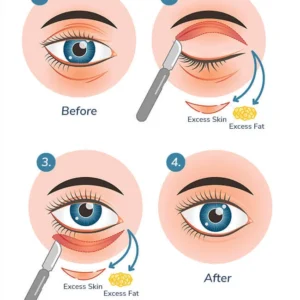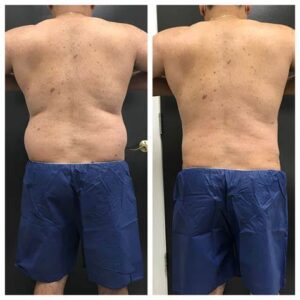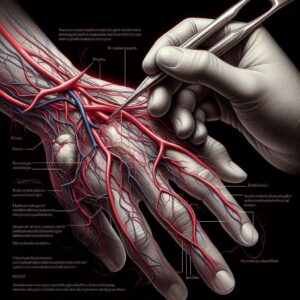Description
Familiarity with Treatment
Onlays are custom-made dental restorations used to repair and restore moderately damaged or decayed teeth. They are similar to inlays but extend over one or more cusps of the tooth, providing a more extensive restoration compared to inlays.
Procedure
- Tooth Preparation: Similar to inlays, the damaged or decayed portion of the tooth is removed, and the remaining tooth structure is prepared to accommodate the onlay.
- Impressions: Impressions of the prepared tooth are taken to create a custom-made onlay that fits precisely onto the prepared tooth surface.
- Temporary Restoration (if necessary): A temporary restoration may be placed to protect the tooth while the custom onlay is being fabricated in a dental laboratory.
- Onlay Placement: Once the custom onlay is ready, it is bonded or cemented onto the prepared tooth, providing a durable and natural-looking restoration that extends over the cusps of the tooth.
Who is it Suitable For?
Onlays are suitable for individuals with moderately damaged or decayed teeth that require a more extensive restoration than inlays. They provide a conservative and aesthetically pleasing solution for restoring the function and appearance of the affected tooth while preserving healthy tooth structure.
Who is it Not Suitable For?
Onlays may not be suitable for individuals with extensive tooth damage or decay that requires more significant restoration, such as dental crowns. A comprehensive evaluation by a dental professional is necessary to determine the most suitable treatment for the specific dental condition.
Advantages
- Preservation of Tooth Structure: Onlays allow for the preservation of healthy tooth structure while providing a durable and extensive restoration.
- Aesthetic Appeal: Custom-made onlays are designed to match the natural color and contour of the tooth, providing a seamless and natural-looking restoration.
- Functional Restoration: Onlays restore the function of the affected tooth and provide long-term durability.
Complications
- Sensitivity: Some individuals may experience temporary sensitivity after the placement of an onlay, which typically resolves on its own.
- Fracture: In rare cases, an onlay may fracture or become dislodged, requiring replacement or repair by a dental professional.
Preoperative Care
Preoperative care for onlays involves a comprehensive evaluation by a dental professional to assess the extent of tooth damage or decay and determine the suitability of onlays as a restorative option.
Postoperative Care
Following the placement of onlays, individuals should adhere to postoperative instructions provided by their dental professional. This may include guidelines for oral hygiene, dietary restrictions, and regular follow-up appointments to monitor the fit and function of the onlays.








Reviews
There are no reviews yet.